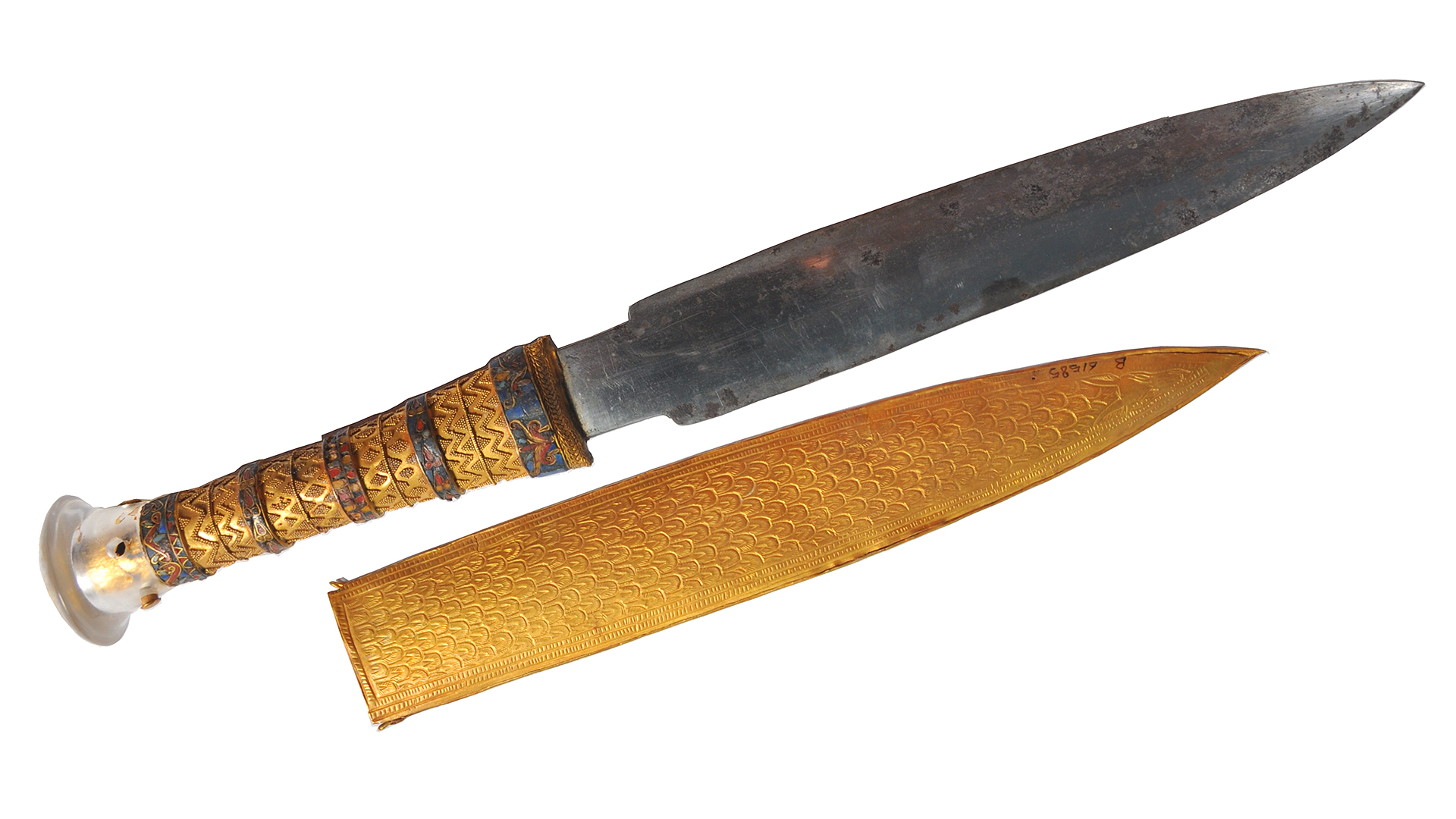
Ming treasure voyages
The Ming treasure voyages were the seven maritime expeditions undertaken by Ming China's treasure fleet between 1405 and 1433. The Yongle Emperor started building the treasure fleet in 1403. The grand project resulted in seven far-reaching ocean voyages to the coastal territories and islands in and around the South China Sea, the Indian Ocean, and beyond. Admiral Zheng He was commissioned to command the treasure fleet for the expeditions. Six of the voyages occurred during the Yongle reign (r. 1402–24), while the seventh voyage occurred under the Xuande reign (r. 1425–1435). The first three voyages reached up to Calicut on India's Malabar Coast, while the fourth voyage went as far as Hormuz in the Persian Gulf. Afterwards, the fleet made voyages up to the Arabian Peninsula and East Africa.
The Chinese expeditionary fleet was heavily militarized and carried great amounts of treasures, which served to project Chinese power and wealth to the known world. They brought back many foreign ambassadors whose kings and rulers were willing to declare themselves tributaries of China. During the course of the voyages, they destroyed Chen Zuyi's pirate fleet at Palembang, captured the Sinhalese Kotte kingdom of King Alekeshvara, and defeated the forces of the Semudera pretender Sekandar in northern Sumatra. The Chinese maritime exploits brought many foreign countries into the nation's tributary system and sphere of influence through both military and political supremacy, thus incorporating the states into the greater Chinese world order under Ming suzerainty. Moreover, the Chinese restructured and established control over an expansive maritime network in which the region became integrated and its countries became interconnected on an economic and political level.






















